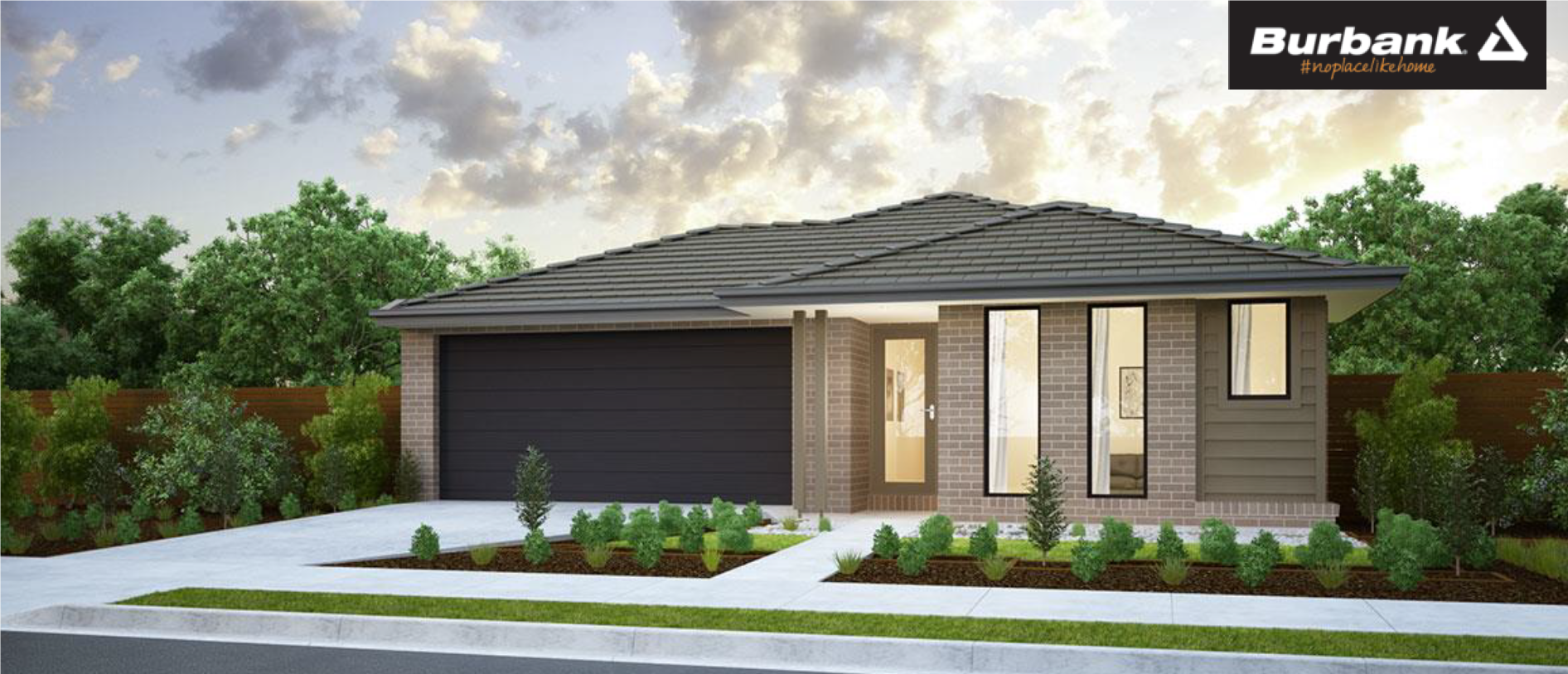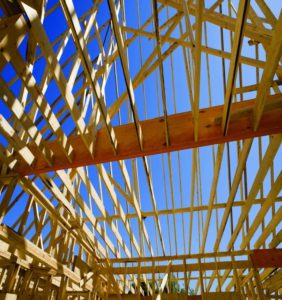6 Tips to Make Buying a Home Easier
February 12, 2020

There’s no doubt about it: buying a home is a serious financial commitment that requires plenty of preparation. The good news is that when you take the time to organise your finances, scour the market and spend time in your favourite buying suburbs, it makes the whole process much easier.
Ready to find your dream home? Make sure you do these six things before signing on the dotted line!
1. Get your deposit sorted
Step one is to work out how much you can afford for your new home – it helps to create brackets such as ‘up to $600,000’. Then you need to stick to that threshold and avoid homes that are more expensive. It can be heartbreaking to fall in love with a home only to realise you can’t afford it right now.
Next, make sure you build up as much deposit as possible. It’s a good idea to start early – ideally, several years before you actually buy a property – as the ideal sum is 20% of the total purchase price. If you don’t reach that 20% figure, you may need to pay lenders mortgage insurance (LMI).
However, first home buyers can take advantage of a number of different grants and schemes. The First Home Loan Deposit Scheme, for example, helps Australians get onto the property ladder by covering the cost of LMI with deposits at low as 5%. Then there’s the First Home Owner Grant and the First Home Super Saver Scheme, both of which are well worth investigating.
2. Don’t fall in love with the first home you inspect
When your deposit is looking healthy and you are ready to hit the road, house hunting can be an exhilarating time. After all, it’s only when you are actually doing inspections and talking to property developers that the reality of buying a house starts to sink in.
But it’s important to remember that buying a home is a marathon, not a sprint. Rather than falling in love with the first home you inspect, create a long list of potential homes and then make a weekend of travelling around and inspecting them. Take photos at each property so you have visual evidence to review, rather than just your memories – which can be highly emotional, especially if you’re a first-time buyer.
3. Look for resale potential
You don’t have to be an investor to see the long-term value in a property. On the contrary, every home buyer should go into the purchasing process looking for resale potential. Even if you stay in the house for several years, at some point you will probably put it on the market – and you’ll want to make a tidy profit to fund your next home.
‘Investor-grade criteria’ usually includes the location, its orientation (north-facing is always a winner), parking/garage space, views, as well as extras such as heating and cooling systems. The colour of the house and state of the garden isn’t as important, for example, because they are much easier to revamp yourself.
4. Spend time in the area before buying
So you’ve jumped online and found a great-looking property, with enough bedrooms and bathrooms to keep you happy for years to come. The only problem is you’re not really familiar with the location. But at that price, it has to be a steal – right?
Not necessarily. You’d be surprised just how different liveability scores can affect an area – even for suburbs that neighbour each other. So if you haven’t spent time in a particular suburb, take a day or weekend to travel out there and get a feel for the surroundings. You’ll want to make sure it’s a friendly neighbourhood, there are plenty of nearby amenities and parks.
At Bloomdale in Diggers Rest, just a 30-minute drive from the Melbourne CBD, you’ll enjoy a huge selection of block sizes, the nearby Diggers Rest train station, as well as schools, shops, recreational facilities and convenient access to the Calder Freeway – not to mention 20 Display Homes open for inspection and a fantastic selection of house and land packages and land for sale in the family-friendly community.
5. Invest in a building and pest inspection
Once you’ve fallen in love with a home and know the price is right, it’s easy to get ahead of yourself and make an offer right then and there. Especially if it’s an established home or a new build that’s been sitting idle for some time, you want to take the proper precautions to ensure you don’t have problems down the track.
A building and pest inspection can cost anywhere from $400 to $1,000 depending on the size of the home and where you are buying, but it’s a small price to pay to ensure there aren’t any structural issues or vermin haven’t nested in the walls or ceiling. And if the inspection report comes back that there are issues then you’ll be able to move on to a different property without being locked into a contract – so long as the inspection is conducted before you sign anything!
6. Make sure you understand the true cost of buying a home
The final step in your home-buying equation is to investigate all the extra costs that go beyond just the purchase price. This can be a stumbling block for many first-time buyers who aren’t aware of the true cost of buying a home, thinking they only have to pay the total price of the property itself.
Instead, make sure you build in financial buffers for extra expenses like stamp duty, conveyancing, legal fees, bank charges and building and pest inspections.
To experience life in full bloom, comfort and contemporary living, as well as the Melbourne CBD just a 30-minute drive away, Bloomdale is the place to be. With a wide choice of block sizes to suit your needs and a close-knit community plus established facilities at Diggers Rest, you’ll enjoy the convenience of connection from the first moment you enter the community.
Enquire today to find out about house and land packages at Bloomdale.



